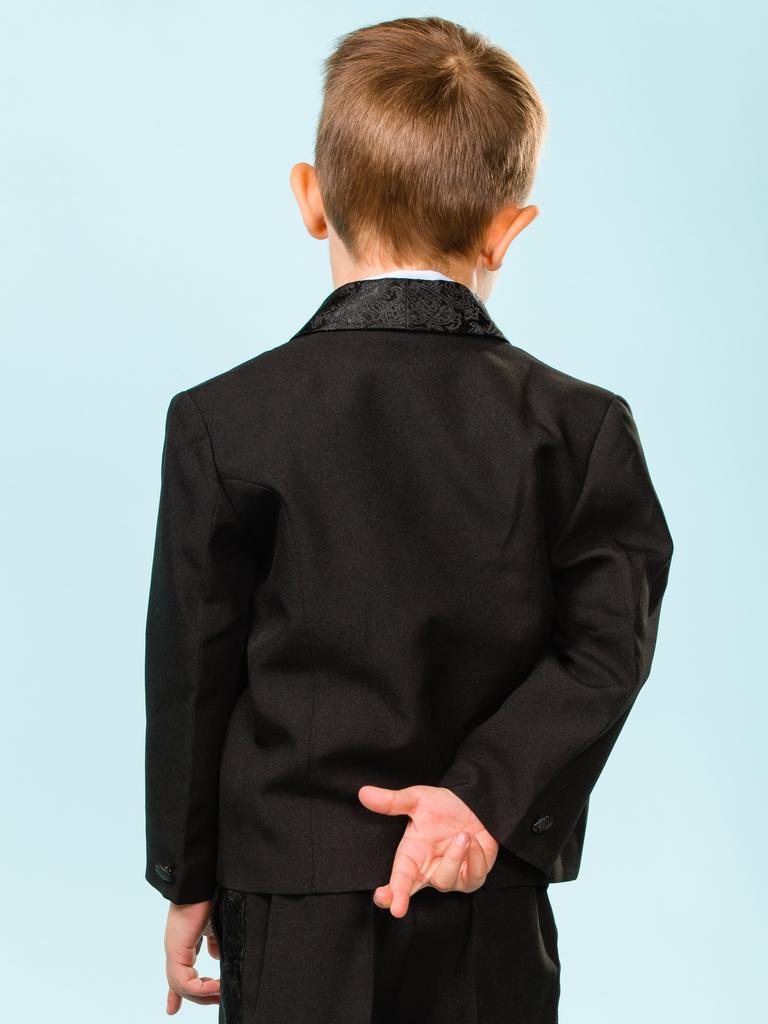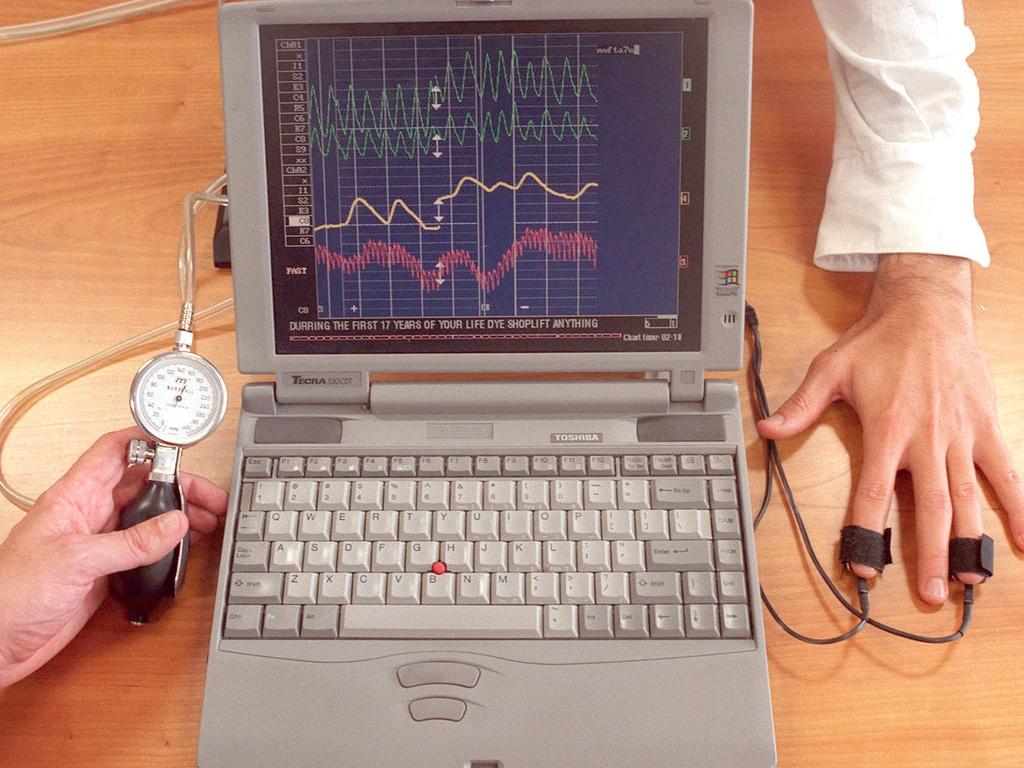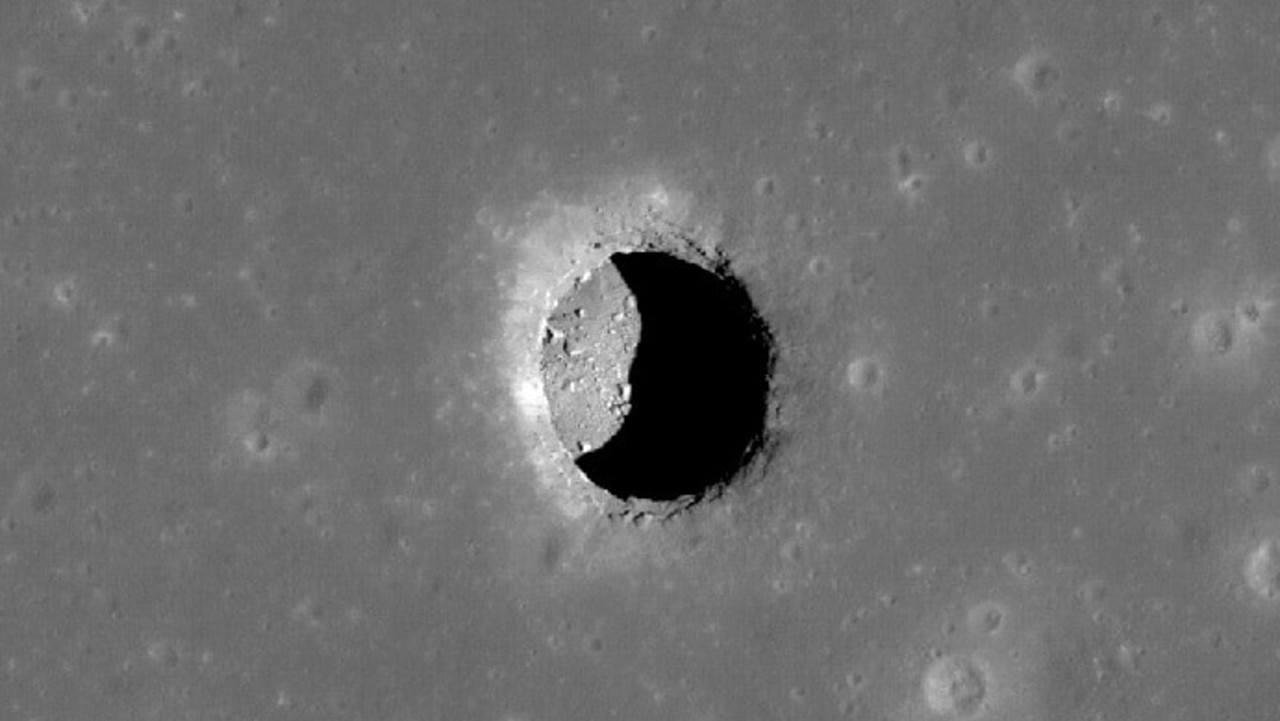New detection device finds facial telltales when we’re lying
A new device for catching liars in the act has picked up facial signals that might prove to be more accurate than polygraphs

READING LEVEL: ORANGE
A new form of lie detector* that reads a person’s face to judge whether they are telling the truth has been invented in Israel.
In early-stage testing, the device was able to tell more than 70 per cent of the time when somebody was telling a basic lie.
The test uses plaster-like patches that are stuck to the cheek muscles close to the lips and the muscles over the eyebrows. The patches contain electrodes* that monitor and measure the activity of muscles and nerves.
Activity is then assessed by a computer, which uses “machine learning” to try to recognise patterns that signal that a lie is being told.

In an experiment, volunteers were asked to sit in pairs facing one another, with one wearing headphones through which the words “line” or “tree” were transmitted*.
When the wearer heard “line” but said “tree” or vice versa, and the partner’s task was to try to catch the “lie”.
The new device was able to tell when somebody told a basic lie more than 70 per cent of the time.
The two subjects then switched roles. Participants were not able to detect their partners’ “lies” any more than would be possible from chance alone. However, the computer correctly identified lies 73 per cent of the time.

It’s hard to say how that score compares with traditional polygraph* tests, which monitor heart rate, respiration* and skin conductivity*. Polygraphs are usually used in very different circumstances and have a patchy record.
The accuracy of polygraphs is fiercely disputed*. Advocates* claim that in the right hands they can achieve levels of accuracy of 80 per cent or more; other experts say they cannot be trusted, in part because people can learn how to influence the results.

Dino Levy, of Tel Aviv University, a co-author of the research, conceded that research into the facial technique was at an early stage.
“Since this was an initial study, the lie itself was very simple,” he said. “Usually when we lie in real life, we tell a longer tale which includes both deceptive and truthful components.”
Professor Levy believes, however, that machine learning systems could be taught in future to monitor facial muscles for giveaway signs of dishonesty.
“An interesting discovery was that people lie through different facial muscles – some lie with their cheek muscles and others with their eyebrows,” he said.
“Many studies have shown that it’s almost impossible for us to tell when someone is lying to us. Even experts, such as police interrogators*, do only a little better than the rest of us.
“Existing lie detectors are so unreliable because just about anyone can learn how to control their pulse and deceive the machine.”
The study was published in the Brain and Behaviour journal.
This story was originally published in The Times and is reproduced with permission.
GLOSSARY
- detector: device or instrument designed to detect or pick up the presence of something
- electrodes: small piece of metal that carries electricity to or from a power source
- transmitted: passed on, sent, conveyed, forwarded
- polygraph: device or procedure measuring physiological indicators of lying
- respiration: the act of breathing
- conductivity: measure of the ability to conduct heat, electricity or sound
- disputed: debated, argued about, contested
- advocates: supporter, backer, proponent
- interrogator: someone who questions and interviews others formally, closely and carefully
EXTRA READING
Junk food tells lies to your brain
Why some sounds drive us crazy
Do friendlier machines deter theft?
QUICK QUIZ
- What percentage of the time did the device correctly identify a basic lie?
- Where are the plaster-like patches placed on the face?
- What is inside the patches to monitor and measure activity of muscles and nerves?
- What do polygraph tests monitor?
- Does everyone lie using the same facial muscles?
LISTEN TO THIS STORY
CLASSROOM ACTIVITIES
1. Lie test with a friend
Sit opposite a friend from your class so you can observe their facial expressions closely. Ask them to state three things about themselves. Two of them should be true, one should be a lie. See if you can pick which one is a lie.
If you were correct, tell your partner why you think they were lying in that statement. Was it because of the way they acted or how their face looked, or did it just sound like a made up statement?
Switch roles and let the other person have a go.
Discuss your observations.
Time: allow 15 minutes to complete this activity
Curriculum Links: English; Personal and Social; Critical and Creative Thinking
2. Extension
The Kids News article refers to a “basic” lie. How does that differ from other types of lies?
What facial expressions or body language do you believe suggest people aren’t telling the truth?
Would you be willing to take a polygraph test to prove your innocence to the police?
Time: allow 10 minutes to complete this activity
Curriculum Links: English; Personal and Social; Critical and Creative Thinking
VCOP ACTIVITY
I Spy Nouns
Nouns are places, names (of people and objects), and time (months or days of the week).
How many nouns can you find in the article? Can you sort them into places, names and time?
Pick three nouns and add an adjective (describing word) to the nouns.

